A lot will depend on how you are managing your objects, but...

import java.awt.Color;
import java.awt.Dimension;
import java.awt.EventQueue;
import java.awt.Graphics;
import java.awt.Graphics2D;
import java.awt.Rectangle;
import java.awt.event.ActionEvent;
import java.awt.event.ActionListener;
import java.awt.event.KeyEvent;
import java.awt.geom.AffineTransform;
import java.awt.geom.Area;
import java.awt.geom.GeneralPath;
import javax.swing.AbstractAction;
import javax.swing.ActionMap;
import javax.swing.InputMap;
import javax.swing.JFrame;
import javax.swing.JPanel;
import javax.swing.KeyStroke;
import javax.swing.Timer;
import javax.swing.UIManager;
import javax.swing.UnsupportedLookAndFeelException;
public class RotateTest {
public static void main(String[] args) {
new RotateTest();
}
public RotateTest() {
EventQueue.invokeLater(new Runnable() {
@Override
public void run() {
try {
UIManager.setLookAndFeel(UIManager.getSystemLookAndFeelClassName());
} catch (ClassNotFoundException | InstantiationException | IllegalAccessException | UnsupportedLookAndFeelException ex) {
ex.printStackTrace();
}
JFrame frame = new JFrame("Testing");
frame.setDefaultCloseOperation(JFrame.EXIT_ON_CLOSE);
frame.add(new TestPane());
frame.pack();
frame.setLocationRelativeTo(null);
frame.setVisible(true);
}
});
}
public class TestPane extends JPanel {
private Rectangle rect01;
private Rectangle rect02;
private int angle = 0;
public TestPane() {
rect01 = new Rectangle(0, 0, 100, 100);
rect02 = new Rectangle(0, 0, 100, 100);
Timer timer = new Timer(40, new ActionListener() {
@Override
public void actionPerformed(ActionEvent e) {
angle++;
repaint();
}
});
timer.start();
}
@Override
public Dimension getPreferredSize() {
return new Dimension(250, 250);
}
@Override
protected void paintComponent(Graphics g) {
super.paintComponent(g);
Graphics2D g2d = (Graphics2D) g.create();
int width = getWidth();
int height = getHeight();
AffineTransform at = new AffineTransform();
int center = width / 2;
int x = center + (center - rect01.width) / 2;
int y = (height - rect01.height) / 2;
at.translate(x, y);
at.rotate(Math.toRadians(angle), rect01.width / 2, rect01.height / 2);
GeneralPath path1 = new GeneralPath();
path1.append(rect01.getPathIterator(at), true);
g2d.fill(path1);
g2d.setColor(Color.BLUE);
g2d.draw(path1.getBounds());
at = new AffineTransform();
x = (center - rect02.width) / 2;
y = (height - rect02.height) / 2;
at.translate(x, y);
at.rotate(Math.toRadians(-angle), rect02.width / 2, rect02.height / 2);
GeneralPath path2 = new GeneralPath();
path2.append(rect02.getPathIterator(at), true);
g2d.fill(path2);
g2d.setColor(Color.BLUE);
g2d.draw(path2.getBounds());
Area a1 = new Area(path1);
Area a2 = new Area(path2);
a2.intersect(a1);
if (!a2.isEmpty()) {
g2d.setColor(Color.RED);
g2d.fill(a2);
}
g2d.dispose();
}
}
}
Basically, what this does, is it creates a PathIterator of the Rectangle, which allows me to apply a AffineTransformation to the shape without effecting the original shape...don't know if this is important or not, but this is how I did it...
Then I created a GeneralPath which allows me to paint the PathIterator.
Now, the funky bit...
I create two Areas, one for each GeneralPath representing each object I want to check. I then use the Area's intersect method, which generates a Area that represents the intersection points of the two objects and then check to see if this result is empty or not.
If it's empty, it's does not intersect, if it's not (empty), they touch.
Have fun playing with that ;)
